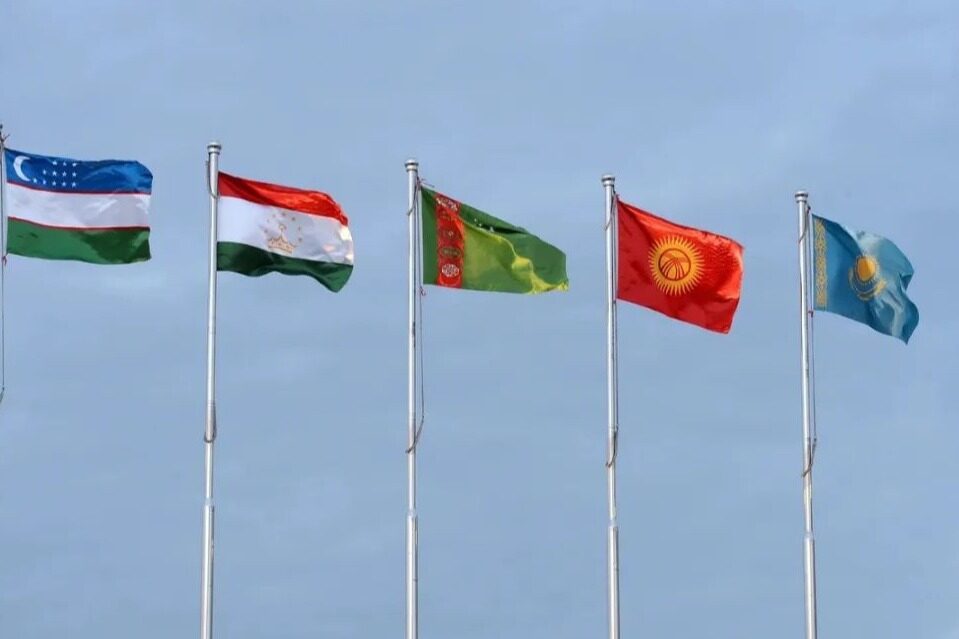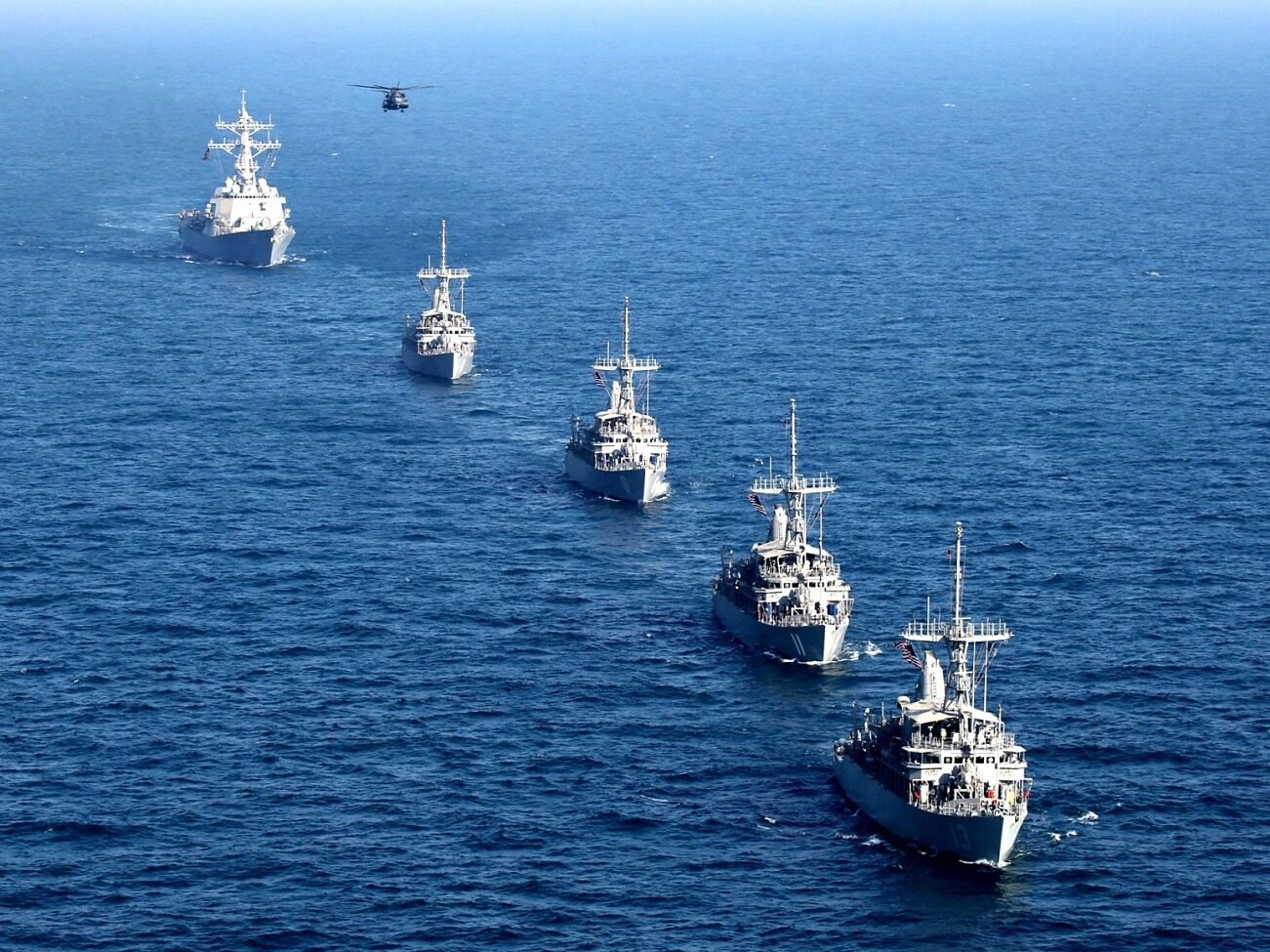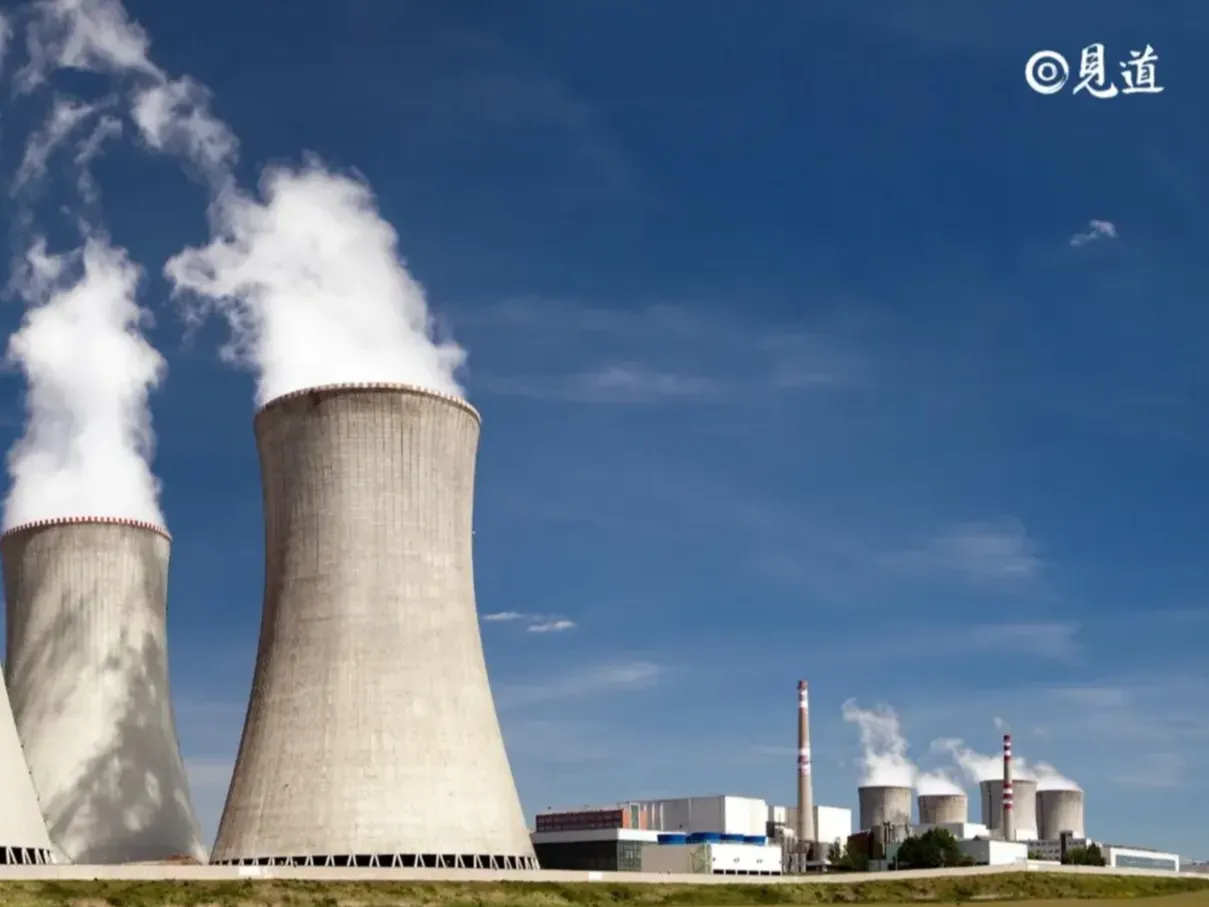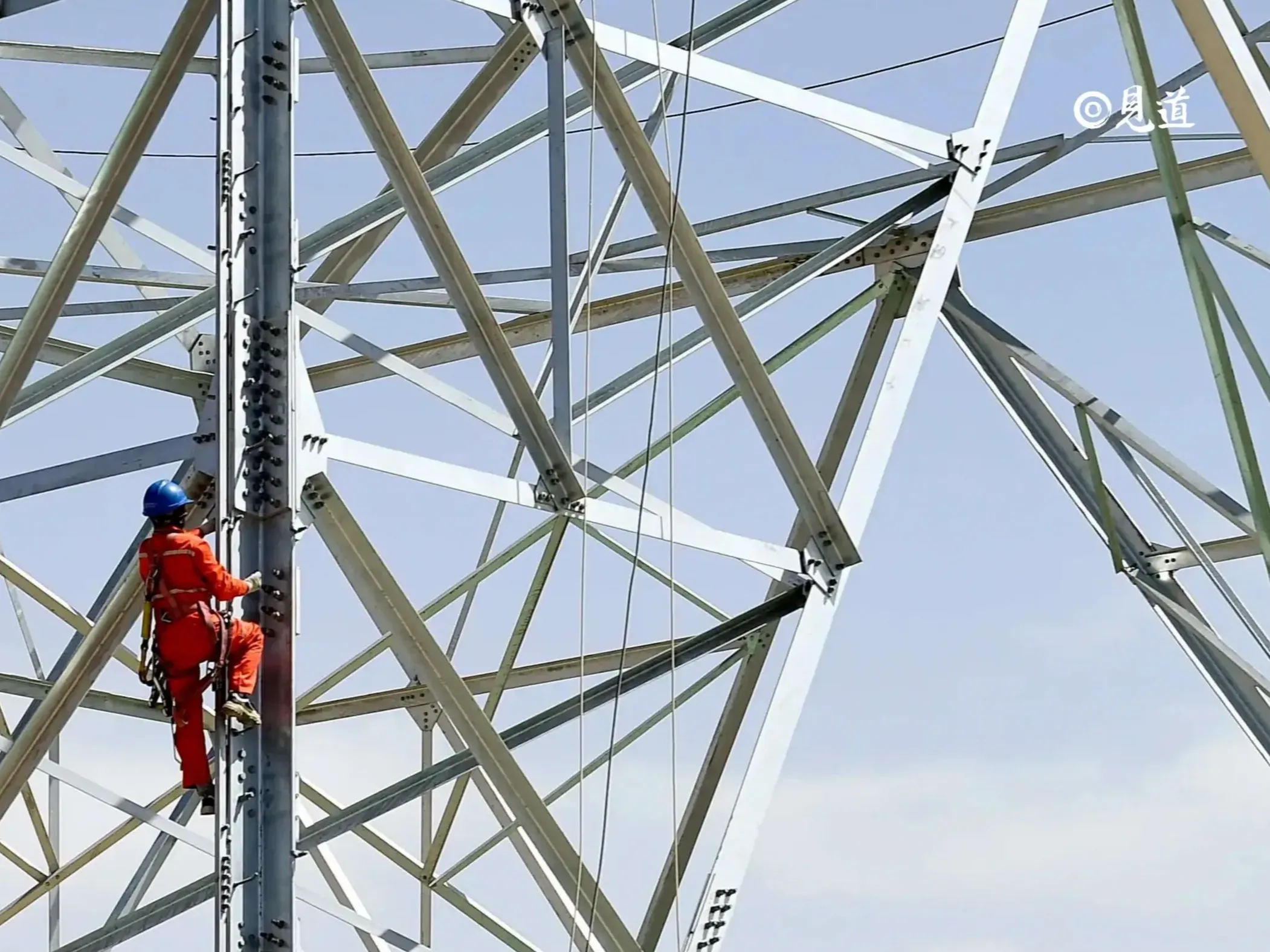- The situation in Central Asia is as stable as a fortress, a phenomenon that has aroused the chagrin of Western countries

Central Asia is indeed one of the few regions in the world where relations between countries have been the most stable in the past 30 years and no serious conflicts have erupted. Compared with the Middle East, Transcaucasus or Eastern Europe, the situation in this region can be said to be a fortress, and all countries act responsibly. This is of course impossible not to cause our Western partners, especially the US or the UK, to visceral chagrin.
This disappointment is often expressed in the numerous analytical articles and predictions of catastrophe and misfortune in the region.
The performance of the region gives us reason to believe that the fiscal and staffing efforts of the United States and its allies are likely to be neither needed nor effective. The 30-year history of independence for the countries of Central Asia shows that despite a growing population, water problems and numerous unresolved border and territorial issues among the countries of the region, the region has every reason to be regarded as one of the most peaceful regions in the world.
unique location
There are several important objective reasons why Central Asia has been able to remain stable and avoid a truly dangerous conflict: First, the region's unique geopolitical location can be easily seen by looking at a map. The Central Asian country is neighbored by two powerful countries, Russia and China. Neither country seeks to forge their own closed military alliances in the region to limit each other's power or create artificial boundaries, as in post-Cold War Europe.
To the southwest of Central Asia lies Iran, which is also not an ally of the West, and volatile Afghanistan to the south. This has made logistics difficult for the United States and its allies in the region. In fact, it was only during the period of cooperation with Russia on the Afghan issue that American personnel and supplies were able to enter Central Asia on a large scale. And after the humiliating flight of the Americans and their allies from Afghanistan, the foundations of that cooperation disappeared.
Today, the British presence here is a thing of the past. And for the United States, which regards Central Asia as part of the diplomatic struggle against Russia and China, it is difficult to lay a corresponding foundation in the region - what I am talking about here is not those social network participants with radical emotions, but directly influencing the decision-making of countries in the region Ability.
Second, although the Central Asian countries are not ready to establish a stable cooperation mechanism, the existence of external threats makes them stick together. Since the beginning of independence, the spread of extremist religious ideas has threatened the stability of countries. Other countries in the region have also felt the threat posed by extremist ideology and its propagators to varying degrees. Elites are well aware that this threat carries mortal danger.
Third, all Central Asian countries have established relatively stable political systems and stereotyped social structures, and problems such as chronic poverty and unequal income distribution are being resolved. Of course, Central Asian leaders still have a long way to go to achieve economic development and reduce their reliance on the Russian labor market and energy prices, but they also have the foundation to achieve these goals at home.
With the exception of Turkmenistan, civil society and grass-roots local self-government mechanisms complement each country. These factors hold the government accountable for its actions so that it does not fall into external control.
Fourth, countries have special relations with Russia, and Moscow has no willingness to implement the "divide and rule" policy, which plays an important role in maintaining regional stability.
To sum up, it can be said that Central Asia is indeed a stable rear for China and Russia. The only troubling factor can only be increased unrest within the Central Asian country, as in the previous riots in Kazakhstan. In that riot, however, the crisis was quickly resolved, and the political ruling bloc realized that the necessary reforms should be made.
In other words, from an objective point of view, serious inter-state conflict in Central Asia is unlikely, nor the formation of aggressive military blocs. The only thing we need to worry about is that there are external forces trying to sabotage those places where the socio-economic situation is deteriorating. This of course poses certain challenges, but such challenges can be met entirely through cooperation between the intelligence and judiciary agencies of various countries, without the need for large-scale diplomatic or military action.Editor/XuNing
Comment
 Praise
Praise
 Collect
Collect
 Comment
Comment
 Search
Search














Write something~